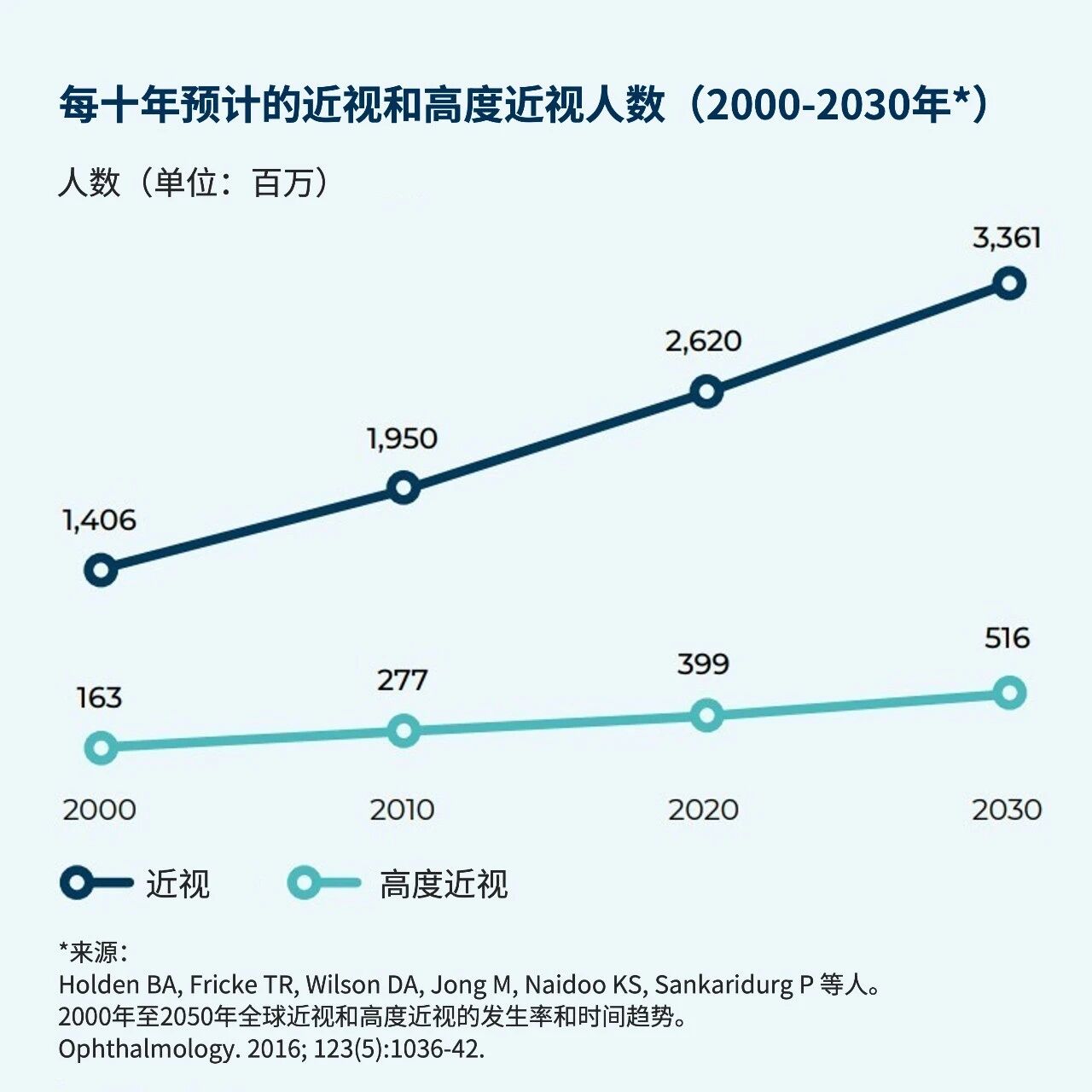

Sensitive organizations can perceive customer needs.
Image source: Getty Images/iStockphoto
Martin Adams
Co-founder of Metaphysic
The true value of artificial intelligence lies not only in boosting productivity, but also in helping us identify unmet human needs and responding to them in meaningful ways.
Many organizations are using AI solely to optimize short-term performance metrics, while overlooking the opportunity to build long-term brand value and foster meaningful connections with their audiences.
Sensitive organizations leverage artificial intelligence throughout the entire process to understand people’s interests, build internal consensus, and deliver culturally aligned responses.
The true potential of artificial intelligence lies in helping us understand people's needs and responding with empathy—rather than simply focusing on efficiency.
Therefore, the future belongs to "sensitive organizations"—those that leverage artificial intelligence to understand what people truly care about and strive to address unmet needs with clarity and precision. Building this trait of "sensitivity" must become the strategic guiding principle for today’s organizational operations.
Sensitivity is a superpower.
Our culture fundamentally misunderstands sensitivity—it equates it with reactivity, when in fact, sensitivity should be understood more as responsiveness.
Nature embodies sensitivity—whether it’s the sunflower tracking the sun’s path to maximize photosynthesis, or the octopus swiftly altering the color and texture of its skin to blend seamlessly into its surroundings.
In biology, sensitivity is a crucial function that enables organisms to detect environmental changes and respond in ways that enhance their chances of survival. Similarly, the situation is analogous in the business and social spheres.
A sensitive organization refers to:
Be open to new information.
Understand the broader context of its environment or market.
Take clear and intentional action in response.
"To respond effectively, organizations must also achieve internal coordination—across teams, functions, and regions. This is precisely where AI can play a powerful role, though this potential is often overlooked."
Sensitivity should become a strategic pillar for organizations. In this new era of artificial intelligence, efficiency and scale are no longer the keys to keeping businesses ahead—what truly matters is sensing real needs and responding in meaningful ways.
However, too many companies do the exact opposite. Their operating methods seem stuck in the 1950s—relying on top-down communication, mass advertising, and the assumption that sheer scale alone can create desire.
This misalignment gives rise to what I call the "consumer information gap": a significant disconnect between how companies believe they understand their customers (often limited to narrow product categories) and the customers' true motivations in other areas of life.
Data Transformation: From Intent to Interest
Most organizations rely on "intent" data—such as behaviors like abandoning a shopping cart or recent product searches. But intent data only captures the final stage of the decision-making process. It hardly reveals what people care about, what they believe in, or what they dream of.
What businesses need is "engagement" data—interaction patterns that reflect identity, values, and shared interests. This includes the content people consume, the influencers they follow, and the communities they belong to.
Today, artificial intelligence can analyze this rich and subtle data at scale, uncovering nuanced human insights that were previously difficult to detect.
But this is also where AI is often misused.
Transforming artificial intelligence from misuse into meaningful application
To address this issue, organizations must revisit their understanding of artificial intelligence—and their own evolving roles. This transformation begins with the concept of "perception and response." It means continuously sensing emerging needs and swiftly crafting meaningful solutions: building an adaptive loop that seamlessly balances listening with action.
Sensitive organizations leverage artificial intelligence to think more clearly while acting with greater speed.
They combine two abilities:
Narrow AI(A system designed to perform a single, specific task, such as categorizing content or detecting trends) is used to analyze cultural contexts and uncover overlooked communities.
Generative Artificial Intelligence, used for cross-functional teams to collaboratively create a unified response.
Take NYX, a brand under L'Oréal Group, as an example. Faced with declining market share, they leveraged artificial intelligence to explore how their audience engages with content beyond cosmetics—uncovering a deep interest in gothic fashion, cosplay, Halloween themes, and even mysticism. These insights didn’t emerge from sales data or search trends alone.
As a result, NYX took bold action based on these findings: they partnered with Netflix’s *Chilling Adventures of Sabrina* to launch a new product line. Within 24 hours, the entire collection sold out—without a single paid advertisement.
This isn’t just a clever brand collaboration—it’s a powerful example of deeply understanding audience passion and leveraging AI to enable marketing, product, and creative teams to work together toward a shared vision.
Another example is LEGO, which has embraced co-creation by actively engaging with online fan forums and influencer communities. AI helps them identify emerging subcultures and design modular products that resonate with their global, niche audiences.
Artificial intelligence as a tool for organizational consensus
However, sensitivity isn’t just about external factors. To respond effectively, organizations must also achieve internal alignment—across teams, functions, and even geographic regions. This is precisely where artificial intelligence can play a powerful role, though this potential is often overlooked.
One of the most underrated qualities of generative AI is its ability to foster internal collaboration. When cross-functional teams can use natural-language prompts with generative AI and instantly see creative outputs—such as prototypes, campaign ideas, or mood boards—they’re able to reach consensus more quickly. This breaks down decision-making monopolies and allows creativity to flourish across the team.
It’s not just about speed—it’s about collaboration. It empowers teams to boldly move toward a shared goal, rather than inching forward step by step.
"In a world of infinite content and dwindling attention spans, organizations need more than just speed—they also require precision, trust, and emotional resonance."
Rethinking Strategy: New Metrics, New Mindsets
To build a truly "sensitive" organization, companies must revisit their data strategy and measurement approaches:
From intention to interest.Don't just focus on purchasing behavior—start understanding what factors actually spark people's desire to buy.
Use artificial intelligence not only for production, but also for perception.Let insights drive the output.
Prioritize resonance over influence.Don't just count views—measure impact instead.
In the industrial era, companies tried to create demand. In the digital age, they collect data. And in the age of artificial intelligence, they must listen deeply—and respond intelligently.
In a world of infinite content and dwindling attention spans, organizations need more than just speed—they also require precision, trust, and emotional resonance.
The most successful companies will be those that leverage artificial intelligence to identify underserved communities, align internal teams around shared insights, and deliver content, products, and experiences that truly resonate with people—driven by cultural and emotional factors, rather than outdated assumptions or rigid roles.
This is the true meaning of "sensitivity"—and that’s why this ability will define the next generation of business leadership.

The above content solely represents the author's personal views.This article is translated from the World Economic Forum's Agenda blog; the Chinese version is for reference purposes only.Feel free to share this in your WeChat Moments; please leave a comment at the end of the post or on our official account if you’d like to republish.
Editor: Wang Can
The World Economic Forum is an independent and neutral platform dedicated to bringing together diverse perspectives to discuss critical global, regional, and industry-specific issues.
Follow us on Weibo, WeChat Video Accounts, Douyin, and Xiaohongshu!
"World Economic Forum"


